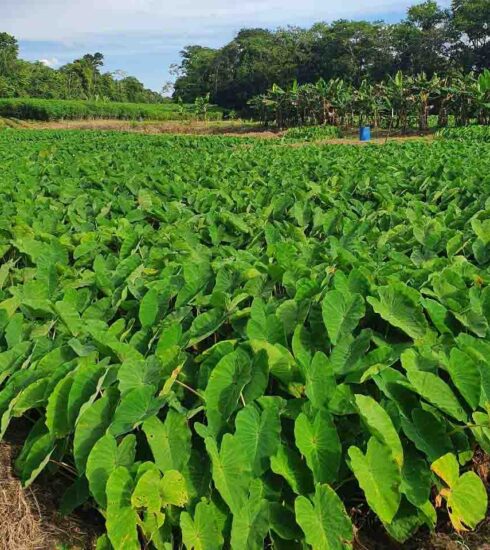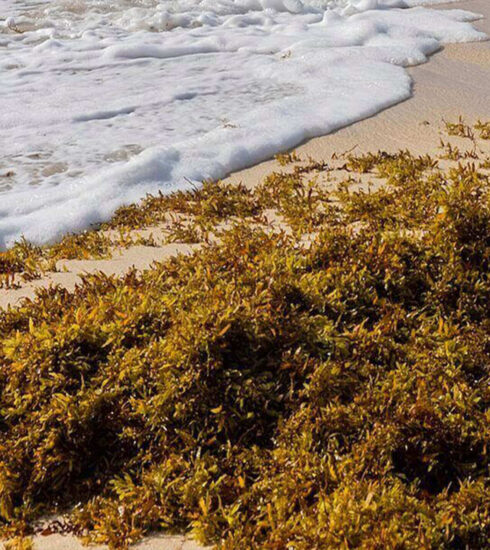Exploring the Root Of Provisions
Vegetables from roots, grasses and tubers are affectionately known as ‘Provisions’ in Trinidad and Tobago, but do you know its origin?
Tura Homemade explores the origins of some of the roots, grasses and tubers that make up this versatile food group. We track some of their movements around the globe and mention how they have become such critical life-sustaining crops abroad and an essential aspect of the Caribbean diet.
Of course, there are many more ‘Provisions’ than those we note below, so if we have whetted your appetite, please revisit us to find out more information on this versatile crop.
Corn/Maize:
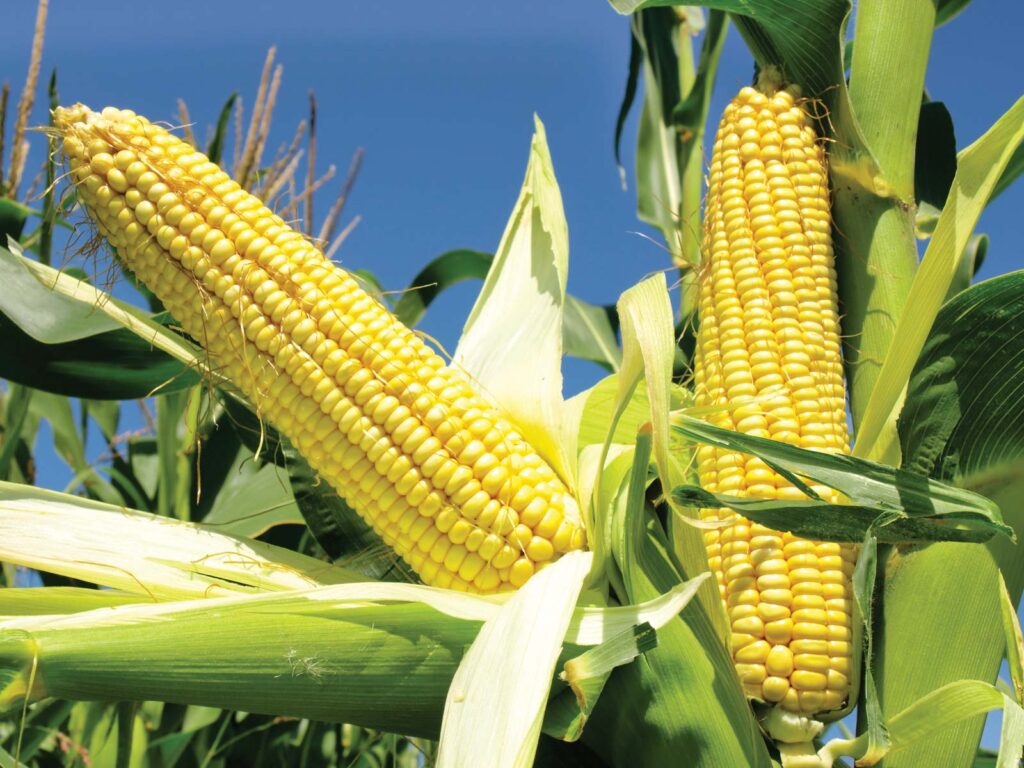
It was first introduced to Europe by Christopher Columbus, who encountered it in the Caribbean in 1492. In less than 100 years, it spread as far east as China and was an essential crop in the Philippines and the East Indies. As a result, maize increased the quality of diets around Europe and the rest of the world.
Maize arrived in Africa in the 16th century. The path of Europe’s colonial conquests in that continent determined maize’s introduction to Africa. For example: when Spanish ships arriving in the Caribbean first encountered maize, especially red Spanish flint maize, varieties with striking red kernels then spread through Europe from Seville to Venice and then to Africa via Egypt. It then moved south and west to West Africa, following pilgrimage routes. Maize spread as a way to bolster the amounts of proteins and carbohydrates consumed around the world.
Corn or maize is an entirely domesticated, modified species of grass. The words’ corn’ and ‘maize’ are often used interchangeably. ‘Maize’ is used to differentiate the starchier and more complex kernelled varieties known in South America, the Caribbean and Africa from ‘corn’: the sweeter, softer varieties favoured in Europe, the United States of America and Canada. They both originate from the same ancestral plant and are different primarily due to their growth.
Corn is an ancient plant; the oldest evidence of corn pollen, around 80,000 years old, was found in Mexico City. Corn cobs (much like the ones we see today), located in bat-caves, have been dated approximately 5,500 years old!
Cassava:
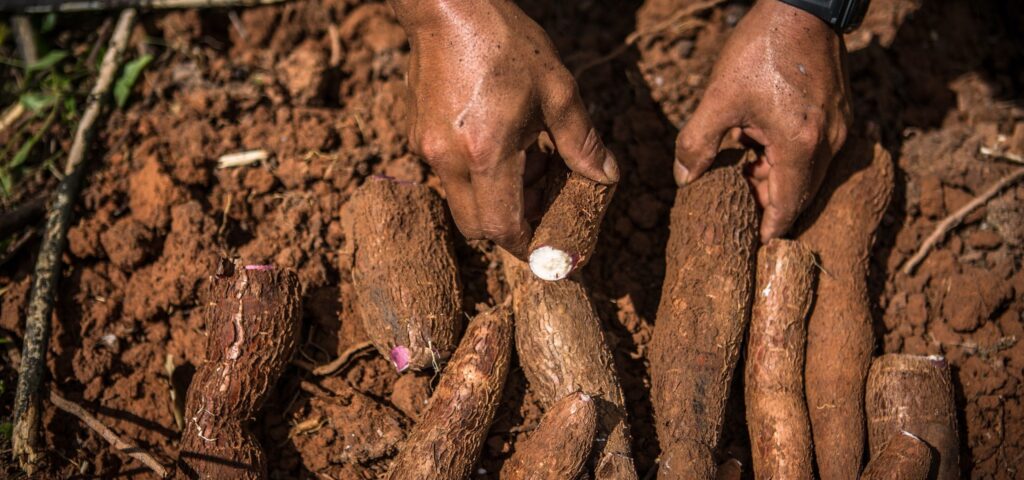
Trinbagonians embrace cassava as a local, nutritious and versatile tuber. It can be boiled, fried, roasted, milled or ground while still maintaining its nutrition profile. This root crop originated in the Americas and the Caribbean. However, it was only introduced to Africa by the Portuguese in the 1500s to be a famine-resistant crop.
Through interactions with the First Peoples in South and Central America and the Caribbean, the Portuguese learned that cassava could survive hotter and drier environments and pest and pathogen infections better than millet and yams, the pre-existing African food crops. With the introduction of the environment-sensitive maize to Africa, the spreading of cassava played an important famine-prevention role in Eastern and Southern Africa, where maize is the preferred food staple and drought is a recurring problem.
Sweet Potatoes and White Potatoes:
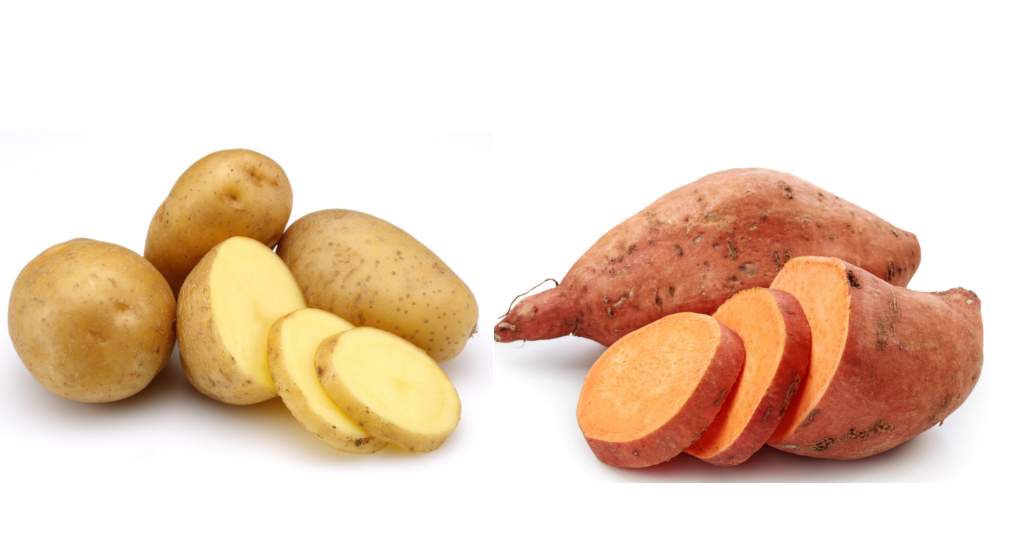
Did you know that sweet potatoes and white (Irish) potatoes are not from the same plant family? Instead, sweet potatoes are from the family of flowering plants that include morning glories, and potatoes are from the same family of plants that have tomatoes, the nightshade family.
Sweet Potatoes are native to South and Central America and the Caribbean. They were grown in hurricane-affected areas to ensure that food was still available after destructive storms when they provided valuable energy and vitamins A and C to diets. Because sweet potatoes could be grown in soil that ranged from the mountainsides to the coastline, the Spanish and Portuguese carried them back to Europe in the late 1400s, where they transported supplies to the South Pacific in the 16th century. And later to Africa.
White potatoes were also introduced to Europe by the Spanish and Portuguese and, by extension, the British (who seized potatoes from Spanish ships). Identified in the Andes Mountains in South America, potatoes were known to grow in colder conditions than sweet potatoes. Thus, the Spanish and Portuguese sailors carried these potatoes to grow in Europe, where there is less yearly sun and generally colder conditions than found in the tropics.
Potato distribution to other parts of the world happened during Europe’s colonial activities. Portuguese traders were the first to bring potatoes to India in the 1500s. Within about 200 years, they had spread all over India and then throughout the rest of Asia. North America received potatoes from England in 1621. Belgian missionaries carried potatoes to the Congo in the 1800s, where potatoes spread around Africa.
Bananas/Plantains:
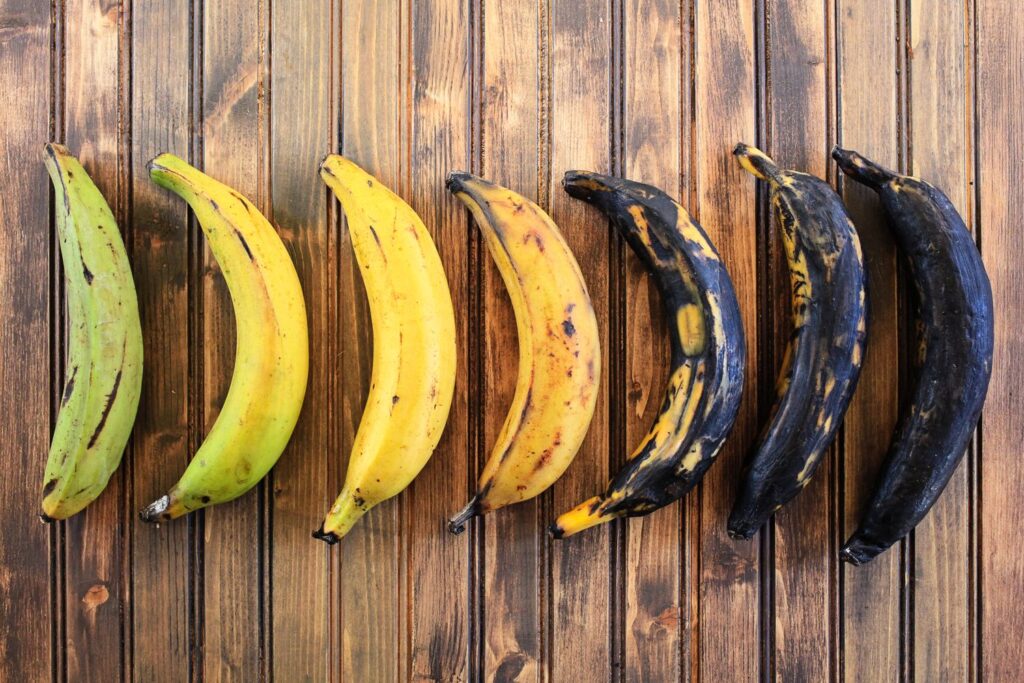
Plantains are starchy and less sweet members of the banana family. Bananas originated in Southeast Asia from around 10,000 to 7,000 years ago. From there, they were spread all around the globe and arrived in Africa about 5,000 years ago. The same aforementioned Portuguese and Spanish sailors then brought bananas to South America and the Caribbean. Bananas were important crops because they did not have a specific growing season and could produce food throughout the year. Therefore, they were spread around the Caribbean and South America to be used as a buffer crop so that populations would always have food available between other harvest times.
Dasheen/Taro and Eddoes/Tannia and Yams:
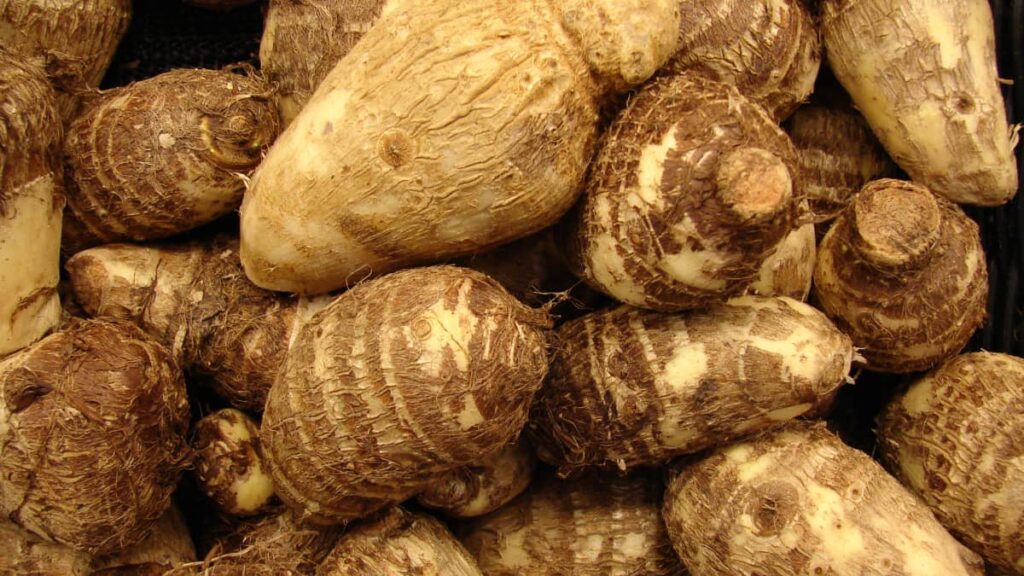
Dasheen and taro are the same plant but are known by one name in the Caribbean and other parts. This plant comes originally from Asia, where it is grown as an emergency food crop. When typhoons and other such storms destroy most of the food grown above ground, taro, like sweet potatoes, survives and can provide life-saving nutrition. This plant was spread to the Caribbean by the Spanish and Portuguese traders and settlers.
Tannia, also called malanga, and eddo is from South and Central America and the Caribbean and is also called elephant ears. They were cultivated and spread because they provided the same nutrition as dasheen but can be grown in much drier soils.
Credits: Tura Homemade






